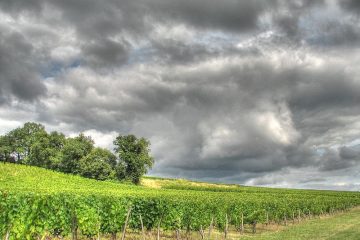BY: Jancis Robinson, one of the top figures in wine, headquartered in the UK. She’s a wine judge and writer, but not a wine snob at all. Written with long-time associate Julia Harding, and with the assistance of many other wine experts including Richard E. Smart, Valerie Lavigne and Denis
We keep saying that “content is king” on the web, but maybe that’s not totally accurate. Content is a baron, the real king is the consumer. That’s why it’s becoming so important for the wine trade and the wine industry to stay in touch with consumers; they are crucial to
In a past life, I used to work in corporate IT. I had to suffer various tech and management conferences over the years. Normally this entailed tedious keynotes, row upon row of suited and booted attendees, and miserable sandwich lunches. If you were lucky enough to bump into someone you
Picture a public tasting, an important one, held in Montpellier, France. People are tasting American wines. And grimacing. The wines are too sweet. Too primitive. And too funky. People want to like them, really they do, but these American wines just don't seem good enough to save the wine world,
"This democratization of wine is great," asserted Jancis Robinson, one of the world's leading wine authorities, over coffee one recent morning. Robinson was in Washington, D.C., to promote the seventh edition of The World Atlas of Wine, the indispensable reference book co-authored with Hugh Johnson. Robinson has spent the last
British wine critic Jancis Robinson has something of a romantic debt to American wine. Not only was her first British national wine story about American wine, but she met her husband, Nick Lander, when they organized a tasting of American wines in London. At the time, wines from the US
Wine Grapes, the huge new encyclopedic work by Jancis Robinson, Julia Harding, and José Vouillamoz covering 1,368 varieties of grapes used to make wine around the world, is at once full of surprises and unsurprising. It is full of surprises because it is full of information about the secret life
So here I was, last spring, talking away with the recently-departed Marcel Lapierre, the Beaujolais vigneron who was one of the dominant figures of the natural wine movement in its strictest definition—organic in the vineyard, wine made with grape juice-read more-





